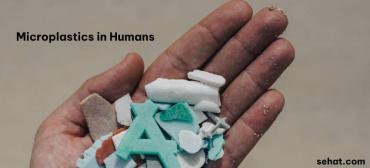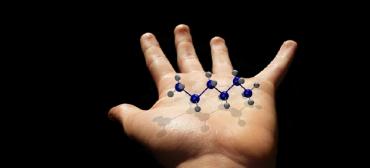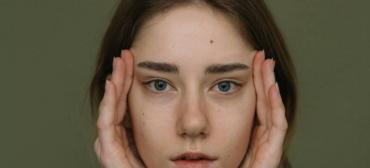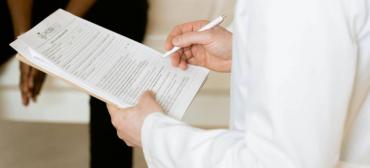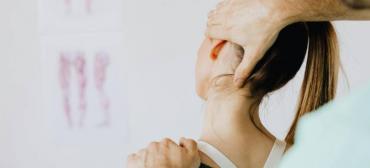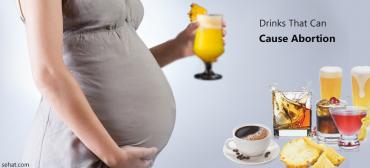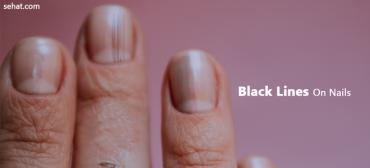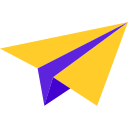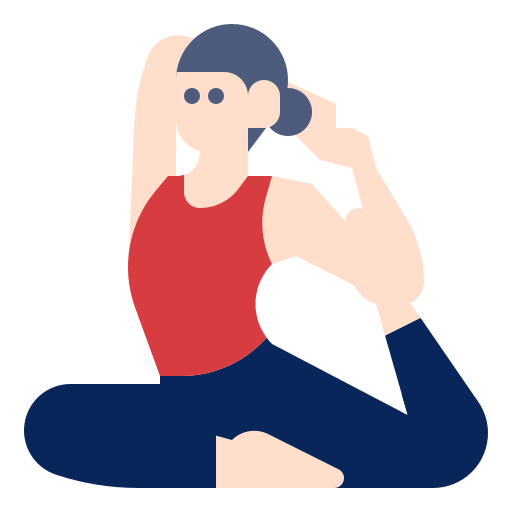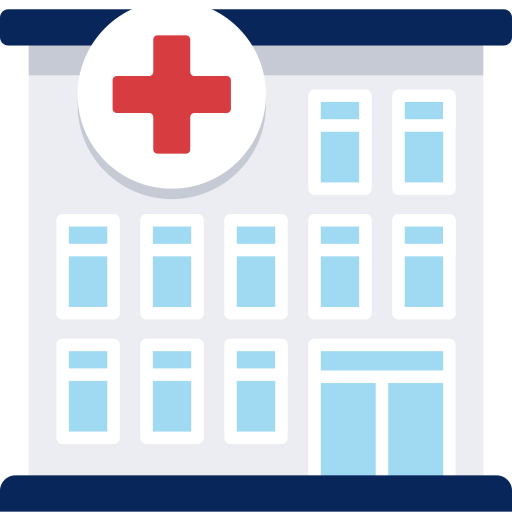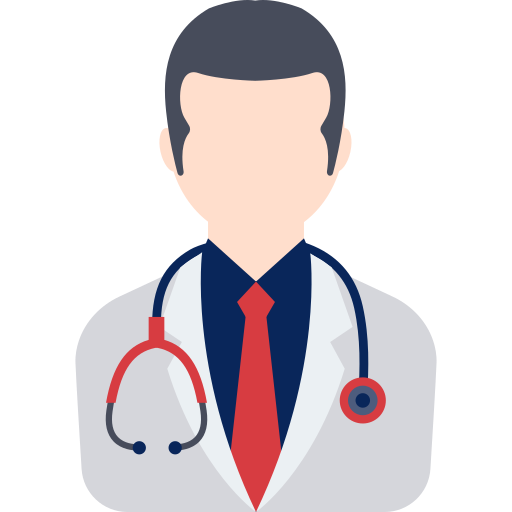Herniated Disk
Lumbar Disk Disease or Herniated Disk
| |
| Click Image to Enlarge |
Anatomy of the lumbar spine
The vertebral column, also called the backbone, is made up of 33 vertebrae that are separated by spongy disks and classified into four distinct areas. The cervical area consists of seven bony parts in the neck; the thoracic spine consists of 12 bony parts in the back area; the lumbar spine consists of five bony segments in the lower back area; five sacral bones (fused into one bone, the sacrum); and four coccygeal bones (fused into one bone, the coccyx).
Lumbar disk disease occurs in the lumbar area of the spine. The lumbar area of the spine (and other areas of the spine) is made up of two parts, including the following:
-
Vertebral bodies - the parts that are made of bone.
-
Intervertebral disks - also known as the disks; the disks are located between the bony parts of the spine and act as "shock absorbers" for the spine.
The vertebral bodies are numbered from 1 to 5 in the lumbar spine and the disks are located between two of the vertebral bodies and are numbered accordingly (such as a disk at L2-3, or between the lumbar disks numbered 2 and 3).
The intervertebral disk is composed of two parts, including the following:
-
Annulus fibrosis - a tough outer ring of fibrous tissue.
-
Nucleus pulposus - located inside the annulus fibrosis; a more gelatinous or soft material.
| |
| Click Image to Enlarge |
What is lumbar disk disease (herniated disk, ruptured disk or bulging disk)?
As we age, the intervertebral disk may lose water and become dried out. As this happens, the disk compresses. This may lead to the deterioration of the tough outer ring allowing the nucleus, or the inside of the ring, to bulge out. This is considered a bulging disk.
As the disk continues to degenerate, or with continued stress on the spine, the inner nucleus pulposus may actually rupture out from the annulus. This is considered a ruptured, or herniated, disk. The fragments of disk material can then press on the nerve roots that are located just behind the disk space. This can cause pain, weakness, numbness, or changes in sensation.
Most disk herniations happen at the lower lumbar spine, especially at the L4-5 and L5-S1 levels.
What causes lumbar disk disease?
Lumbar disk disease is due to a change in the structure of the normal disk. Most of the time, disk disease comes as a result of aging and the degeneration that occurs within the disk. Occasionally, severe trauma can cause a normal disk to herniate. Trauma may also cause an already herniated disk to worsen.
What are the symptoms of lumbar disk disease?
The symptoms of lumbar disk disease vary depending on where the disk has herniated, and what nerve root it is pushing on. The following are the most common symptoms of lumbar disk disease. However, each individual may experience different symptoms. Symptoms may include:
-
Intermittent or continuous back pain (this may be made worse by movement, coughing, sneezing, or standing for long periods of time)
-
Spasm of the back muscles
-
Sciatica - pain that starts near the back or buttock and travels down the leg to the calf or into the foot.
-
Muscle weakness in the legs
-
Numbness in the leg or foot
-
Decreased reflexes at the knee or ankle
-
Changes in bladder or bowel function
The symptoms of lumbar disk disease may resemble other conditions or medical problems. Always consult your physician for a diagnosis.
How is lumbar disk disease diagnosed?
In addition to a complete medical history and physical examination, diagnostic procedures for lumbar disk disease may include the following:
-
X-ray - a diagnostic test which uses invisible electromagnetic energy beams to produce images of internal tissues, bones, and organs onto film.
-
Magnetic resonance imaging (MRI) - a diagnostic procedure that uses a combination of large magnets, radiofrequencies, and a computer to produce detailed images of organs and structures within the body.
-
Myelogram - a procedure that uses dye injected into the spinal canal to make the structure clearly visible on x-rays.
-
Computed tomography scan (also called a CT or CAT scan) - a diagnostic imaging procedure that uses a combination of x-rays and computer technology to produce horizontal, or axial, images (often called slices) of the body. A CT scan shows detailed images of any part of the body, including the bones, muscles, fat, and organs. CT scans are more detailed than general x-rays.
-
Electromyography (EMG) - a diagnostic test that measures muscle response or electrical activity in response to a nerve’s stimulation of the muscle
Treatment for lumbar disk disease
Specific treatment for lumbar disk disease will be determined by your physician based on:
-
Your age, overall health, and medical history
-
Extent of the condition
-
Type of condition
-
Your tolerance for specific medications, procedures, or therapies
-
Expectations for the course of the condition
-
Your opinion or preference
Typically, conservative therapy is the first line of treatment to manage lumbar disk disease. This may include a combination of the following:
-
Bed rest
-
Patient education on proper body mechanics (to help decrease the chance of worsening pain or damage to the disk)
-
Physical therapy, which may include ultrasound, massage, conditioning, and exercise programs
-
Weight control
-
Use of a lumbosacral back support
-
Medications (to control pain and/or to relax muscles)
When these conservative measures fail, surgery for removal of a herniated disk may be recommended. Surgery is done under general anesthesia. An incision is placed in the lower back over the area where the disk is herniated. Some bone from the back of the spine may be removed to gain access to the area where the disk is located. Typically, the herniated part of the disk and any extra loose pieces of disk are removed from the disk space.
After surgery, restrictions may be placed on the patient's activities for several weeks while healing is taking place to prevent another disk herniation from occurring. Your physician will discuss any restrictions with you.
There are other experimental therapies that are being used to treat lumbar disk disease. Discuss these treatment options with your physician.
Related Questions
Jerks at the skull region
- 3543 Days ago
- Back Pain
TRIPLE ARTHERODESIS
- 3560 Days ago
- Back Pain
Neurological
- 3602 Days ago
- Back Pain
Bypass Surgery
- 3629 Days ago
- Back Pain
Health related
- 3651 Days ago
- Back Pain
micro distectemy
- 4139 Days ago
- Back Pain
Severe back pain and hip pain
- 3913 Days ago
- Back Pain

